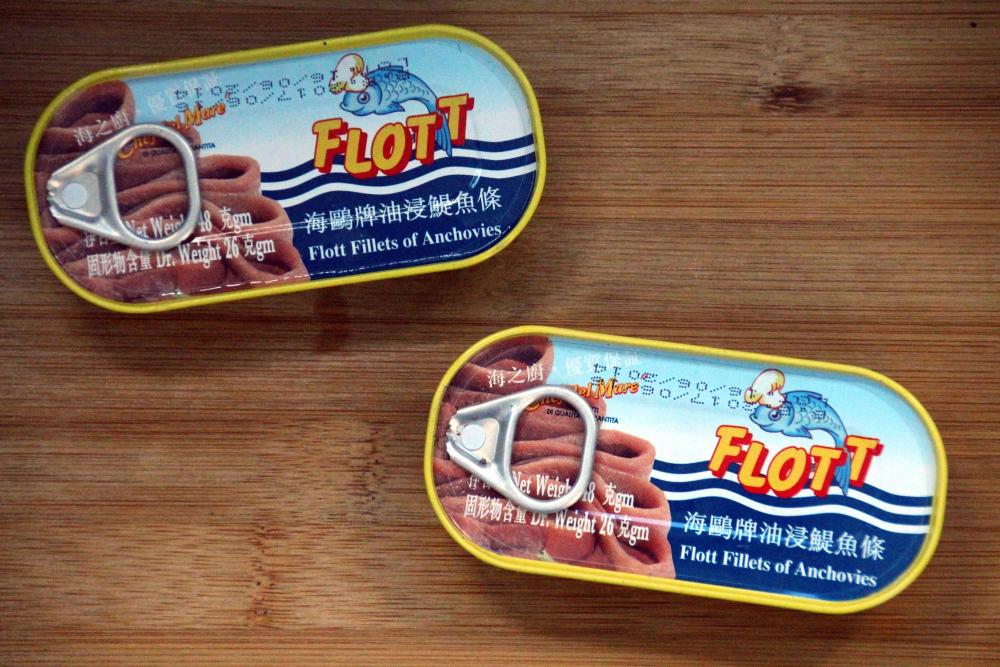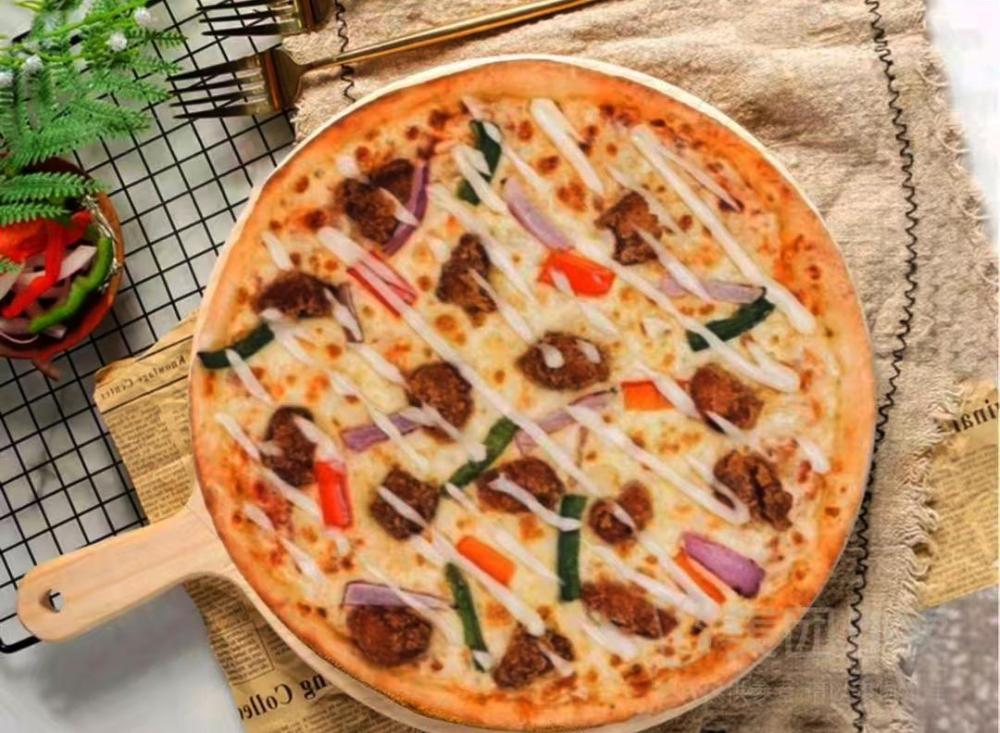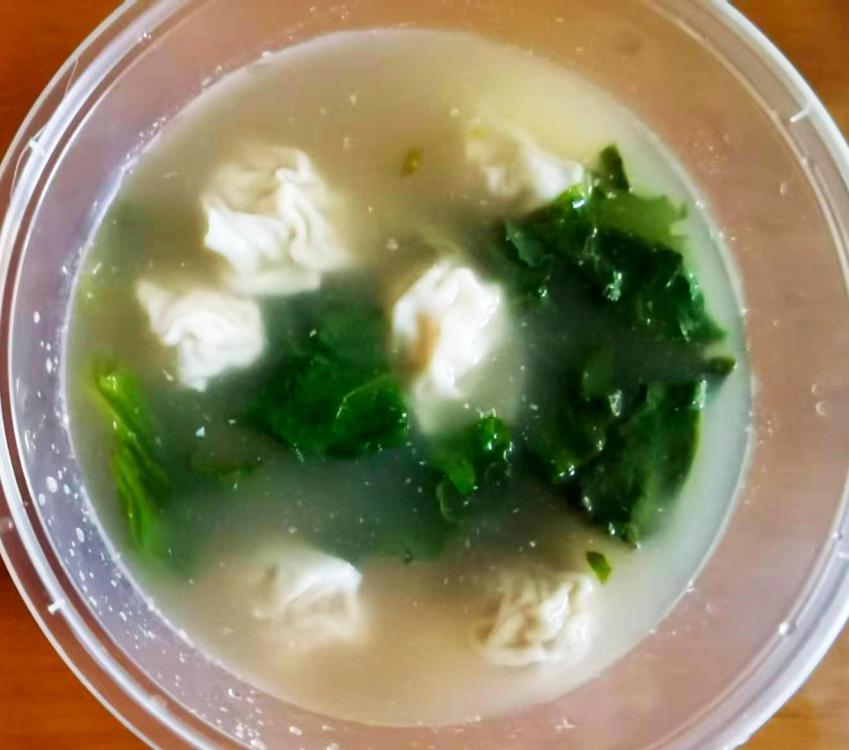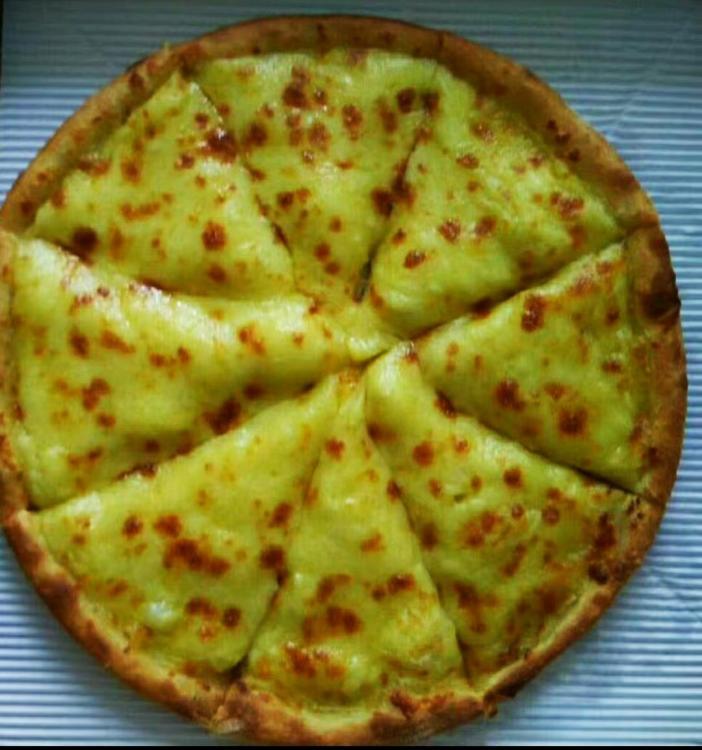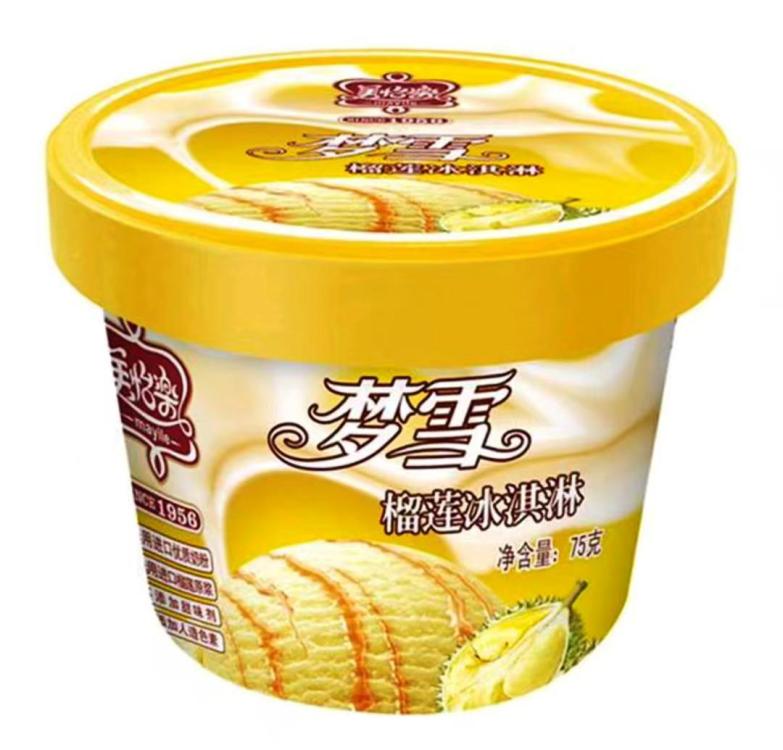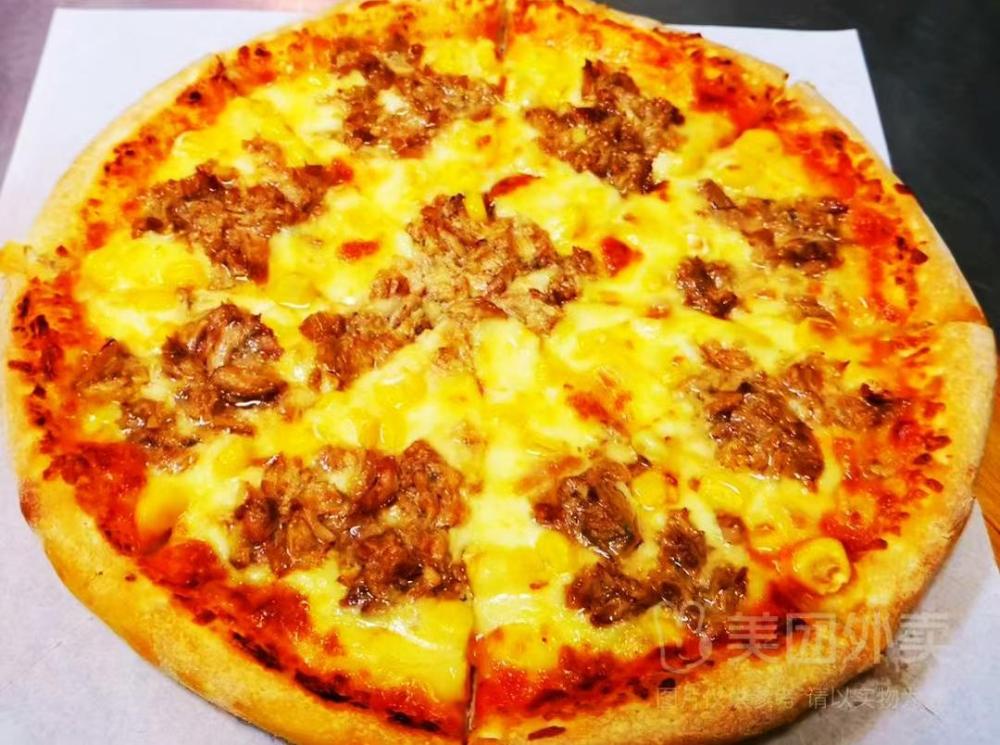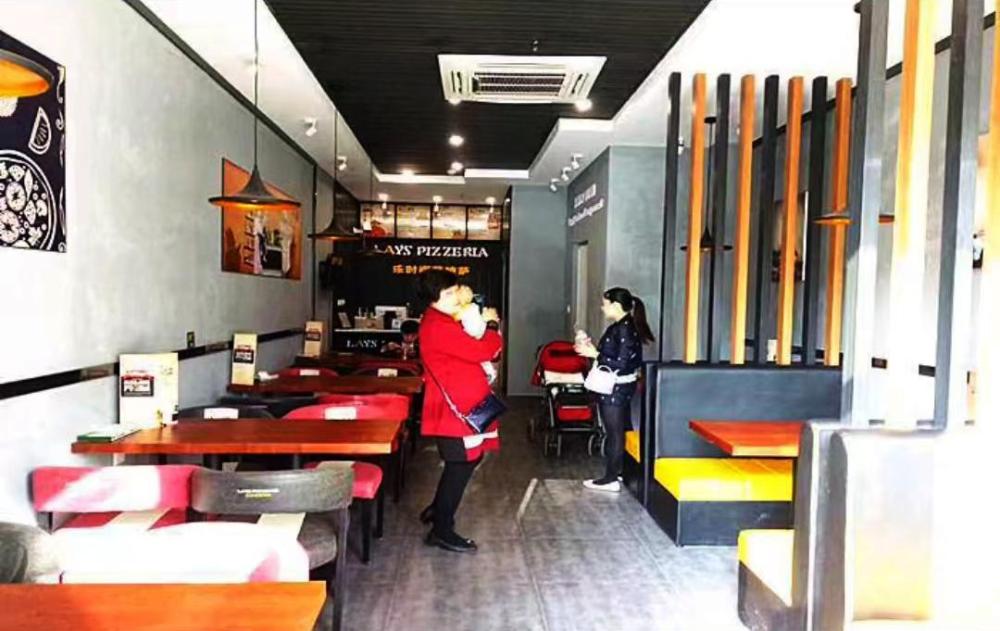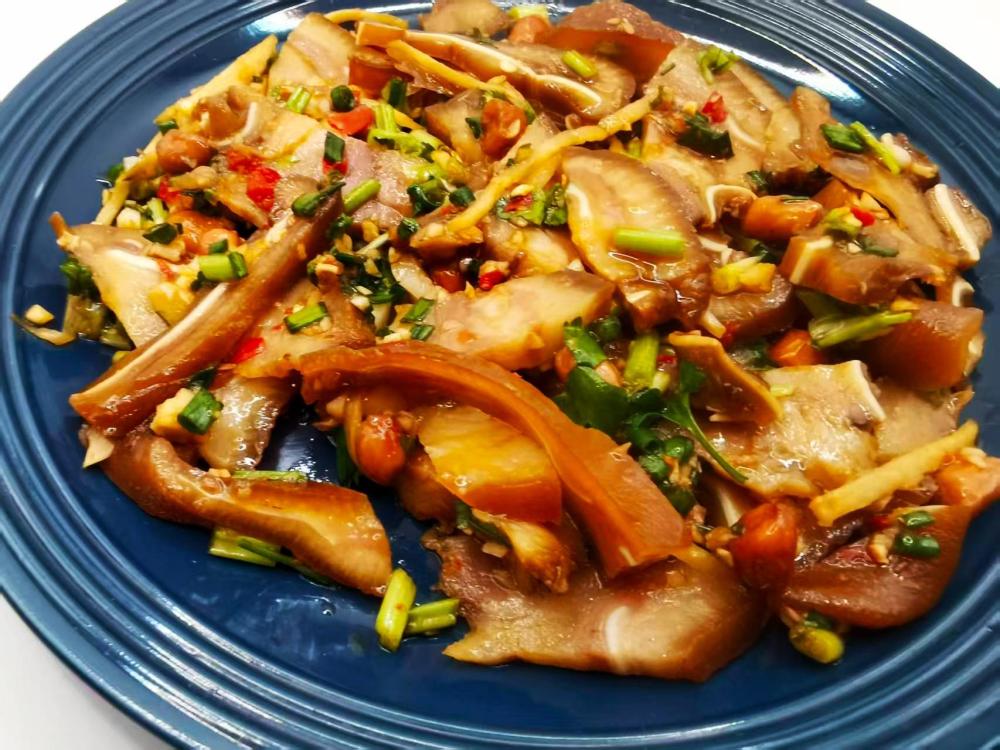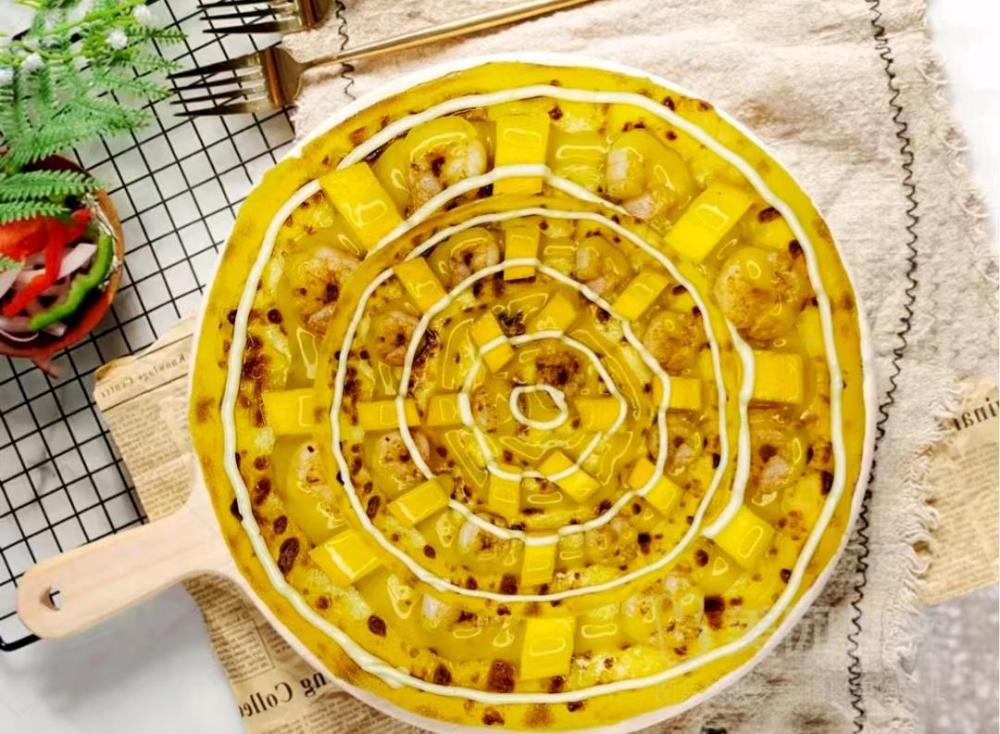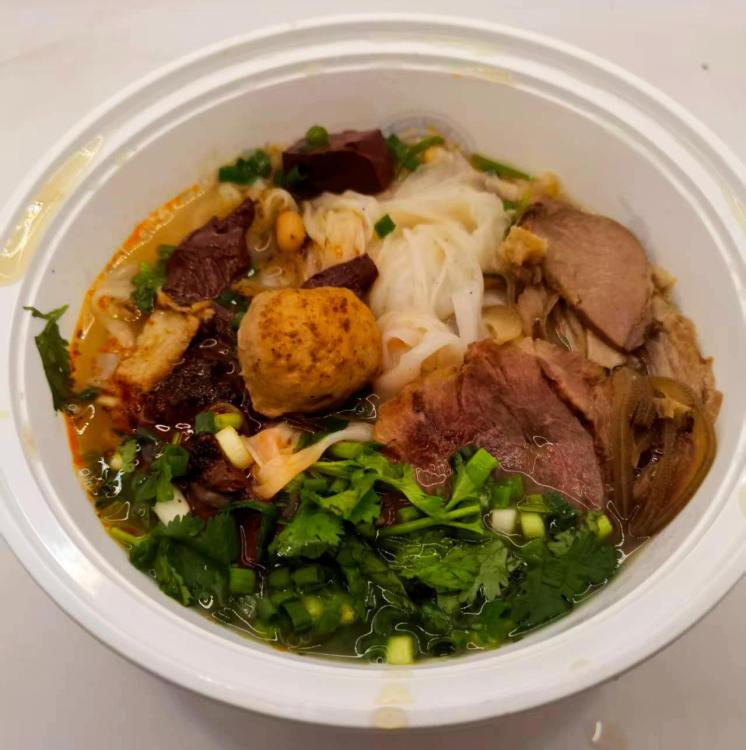-
Posts
16,726 -
Joined
-
Last visited
Content Type
Profiles
Forums
Store
Help Articles
Everything posted by liuzhou
-
Sadly, the only anchovies I can find here (apart from other fish mistranslated) are these. These are Italian and not intrinsically bad but I like my anchovies packed in salt, not oil. I did buy a few cans of the salted last time I was in the UK (2019) and smuggled them into China but they now are long gone.
-
You know I'm always super polite!
-
The best pizza I’ve eaten in China was here in town. Many years ago, a Liuzhou native who had lived in S. Korea for many years, retired, sold his pizza shops in Korea and came home to spend his final years. As a hobby, he opened one pizzeria here in town. It was beautiful with an open kitchens where you could see him and his staff making then tossing pizza dough into perfect discs, adding mozzarella they made each morning and adding sensible toppings you would find in Italy. S. Korea knows good pizza. Sadly few people went and, after struggling for a year, he gave up. The premises are now a baby clothes store. A month or so later, Pizza Hut opened and people were lining up round the block to eat crap pizzas shipped in from Guangzhou, 500 km (311 miles away) away, and reheated. I wept. Yesterday, I found this on a delivery listing. Seoul crispy fried chicken pizza! What it has that relates to Korea or Seoul in particular remains a mystery. Obligatory Kewpie squiggles, as usual. Not in Korea. 괜찮아요!!
-
Not only the US. Pretty much every pizza place in the UK features their version of a 'supreme'. It's usually just a mix of pretty much all the toppings they happen to carry. The only thing hidden under that pile of cheese seems to be the pizza base.
-
Yes. Happens here a lot, too. Especially with steak restaurants. I have also encountered the permanently missing ingredients turning out to be something they'd never even seen.
-
I can only go by the customer's review which discloses the name they give it. That person described it as a very simple pizza. I strongly suspect that the store just saw the English name somewhere without knowing what it meant and decided to use it. I've seen that happening before in other so-called 'western' restaurants.
-
This was more a brunch but I'm putting here as it was closer to breakfast time than lunchtime (just). Pork wontons in broth with lettuce. Apologies for dreadful image. I tried every which way tov make it look better.
-
This, I'm told, is described in store, but as usual not on the the delivery app. As "Supreme Pizza"! I am struggling to think of anything that looks less like a 'supreme pizza' or supreme anything else! They are clearly delusional.
-
I've never had ube anything but vanilla is a favourite. Not keen on chocolate ice cream, either.
-
I mentioned recently in the dinner 2025 topic that my favourite ice cream flavour is durian. At that time I was buying the Marketside brand from the local Walmart store. It was acceptable but can only be had in boxes of four 50 gram tubs at ¥5 a tub. Since then I have changed what little loyalty I have to Walmart into a local brand, 梦雪 (mèng xuě, literally 'dream snow') from the Chinese supermarket chain, 联华超市 (lián huá chāo shì), Lianhua Supermarkets. This comes in 75 gram tubs at only ¥3.9 each. Not is it a more satisfying size and cheaper but it has a more pronounced durian flavour and the store is much closer to my home than Walmart, meaning my ice cream hasn't melted by the time it's safely in my fridge. We are going through a spell of 35℃+ every day.
-
This one is more approaching edibility than most, although I'm sceptical about seafood on pizza. What is intriguing to me is that is described (maybe by the customer; maybe by the seller) as a Seafood Tuna Pizza. As opposed to a Farmyard Tuna, I assume. One review does go on to say that what is actually served is just a basic cheese and tomato pizza with a can of undrained canned tuna poured on top. Spot the cØrn?
-
-
You might not eat bees. I've eaten them both here in China and also in Vietnam.
-
Lucky dogs.
-
I’ve managed to determine what some of Lay's, the secretive pizza place’s pizzas may be, not from the company selling them, of course, but from customers’ comments. Here is one. Purple sweet potato pizza. They don’t mention durian, though.
-
Moving to a different venue. While they mostly all sell the same things and copy each others menus if not recipes, this one is unique. Bewilderingly so. It’s called Lays Pizzeria although they often misspell their own name as Lasy Pizzeria. Their USP is that they only provide pictures of their offerings. No hint as to what might be in them. It may be different in store, but I’ve never ventured inside. Now, this looks like perhaps a standard pepperoni number, but don’t be fooled. I have established that ‘cheese’ is, in fact, durian! The 'pepperoni' could be strawberry jam ⁈
-
I've been grappling with the moral dilemma of being totally open or subjecting the innocent to crimes against food, so have so far avoided any mention of the yellow peril, although it seriously limits my posting options. I will consult my psychiatrist and probation officer over the weekend and make my final decision. "To post or not to post. That is the question. Whether 'tis nobler in the mind to suffer the slings and arrows or take arms against the yellow poison", as the 16th century pizza maker said.
-
Fresh out of shrimp for the above? Don't worry! Grab yourself a bunch of rice paddy eels. They also offer this eel and mango version, but warn that if they run out of said mango, they'll use pineapple instead. They seem to have forgotten the "mayo" this time, but I'm sceptical whether they'll deliver it with or not.
-
-
Could be. And they probably look worse in real life!
-
It's a pizza only place about a quarter of a mile from my home. Fairly popular so far as I can see. I often pass it. It's been there for a few years now and they have opened a second branch so someone must be biting.
-
Japanese Kewpie Sweet "Mayonnaise".
-
Moving on through the menu, at last we get some protein in addition to the cheese but still with the fruit. A delightful Wasabi Sauce Mango Shrimp Pizza. I am near speechless. One thing I’m sure of, though; there is no wasabi on or near that. It’ll be the usual green-dyed horseradish. Obligatory squeezy bottle 'mayo' action!
-
It has some sort of industrial cheese on it. Maybe not tomato sauce. It isn't mentioned in the listing. (I've never eaten it, so can't be sure). I don't think it's particularly meant to be a desert; it's just they think that's a pizza.
-



